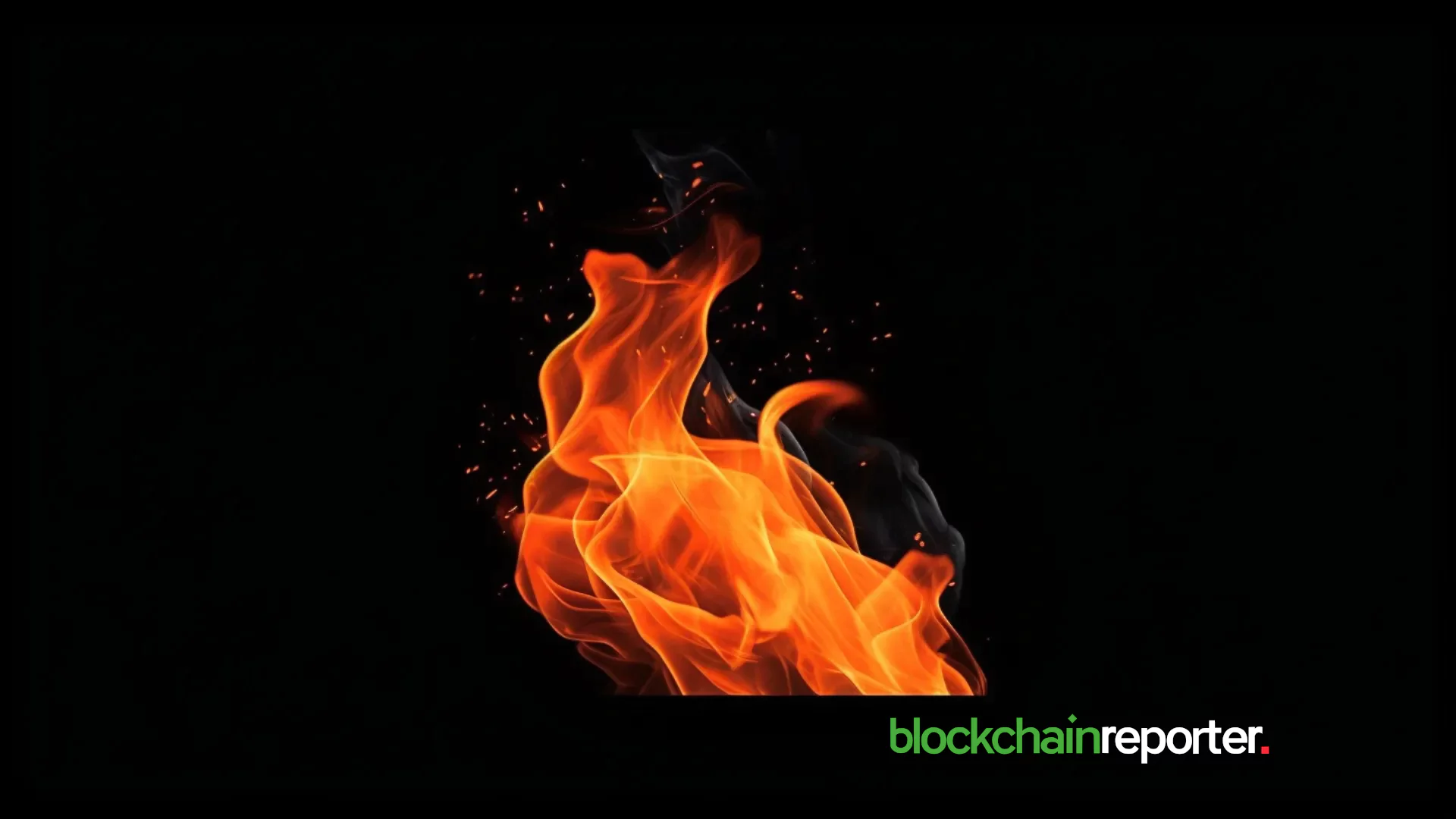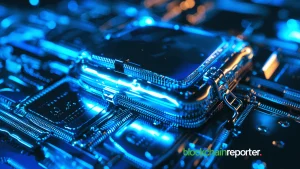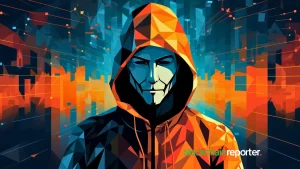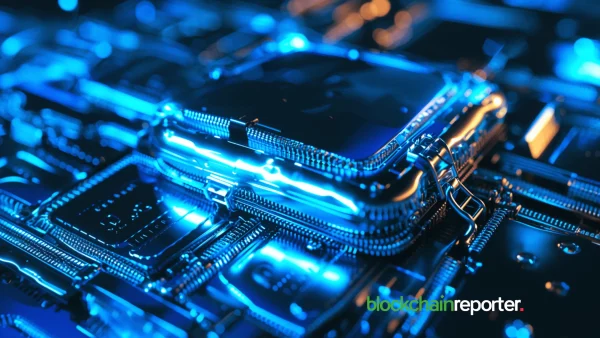
In the ever-evolving landscape of blockchain technology, Proof of Burn (PoB) emerges as a fascinating alternative consensus mechanism that deviates from the traditional Proof of Work (PoW) and Proof of Stake (PoS) systems. This article delves into the intricate workings of Proof of Burn, exploring its implications, advantages, and its unique role in cryptocurrency ecosystems.
What is Proof of Burn?
Proof of Burn is a consensus mechanism used by some blockchains to achieve distributed consensus. It involves validators burning or permanently destroying a portion of the cryptocurrency tokens they own. By doing so, they earn the right to participate in the network’s protocol, such as creating blocks or earning transaction fees. The philosophy behind this mechanism is that validators who are willing to “burn” their coins demonstrate a long-term commitment to the network, earning the privilege to maintain the blockchain’s integrity.
How Does Proof of Burn Work?
The process of Proof of Burn is relatively straightforward but requires validators to make a deliberate sacrifice. In this system, validators send a certain amount of coins to an unspendable wallet address—effectively removing those coins from circulation. This transaction is recorded on the blockchain, serving as proof that the coins have been burned.
The rights granted to a validator in a PoB system are often proportional to the amount of currency burned. The more a validator burns, the higher their chances of being selected to forge the next block, similar to the “mining” concept in PoW but without the extensive use of computational resources.
Advantages of Proof of Burn
Energy Efficiency
One of the most significant benefits of Proof of Burn is its energy efficiency. Unlike Proof of Work, which requires vast amounts of electricity to run complex mathematical problems, Proof of Burn does not rely on energy-consuming activities. This makes it an environmentally friendly alternative to traditional mining practices.
Reduced Risk of Centralization
Proof of Burn can help prevent the centralization of network power. Since the process does not require specialized hardware, as seen in PoW systems, it is less likely that a small group of wealthy players can dominate the blockchain.
Simplicity and Security
The mechanism is straightforward to implement and maintain, providing a secure way to establish consensus without the need for physical resources or real-world inputs that could be subjected to external manipulation.
Challenges and Considerations
While Proof of Burn presents a novel approach to achieving consensus, it is not without its challenges. The most obvious is the requirement for validators to destroy part of their holdings, which could be seen as wasteful by some. Additionally, the method may favor those who can afford to burn more coins, potentially leading to disparities in the network.
Future of Proof of Burn
As the blockchain community continues to prioritize sustainability and efficiency, Proof of Burn may gain more traction as an alternative to more energy-intensive consensus mechanisms. Its potential for supporting decentralized applications and fostering a fairer mining environment makes it an intriguing area for future development within the crypto space.
Conclusion
Proof of Burn represents an innovative consensus mechanism that offers a blend of security, efficiency, and fairness. By allowing participants to “burn” tokens to gain mining rights, it provides a unique solution to some of the limitations found in traditional blockchain systems.
Frequently Asked Questions
What is Proof of Burn?
Proof of Burn (PoB) is a consensus mechanism where validators burn or permanently destroy a portion of their cryptocurrency tokens to gain the right to participate in a blockchain network. This process demonstrates a long-term commitment to the network, allowing the validators to create blocks or earn transaction fees.
How does Proof of Burn work?
In Proof of Burn, validators send a certain amount of cryptocurrency to an unspendable wallet address, effectively removing the coins from circulation. This transaction is recorded on the blockchain, serving as proof that the coins have been burned. Validators who burn more coins increase their chances of being selected to forge the next block, much like the mining process in Proof of Work.
What are the advantages of Proof of Burn?
Proof of Burn offers several benefits, including energy efficiency, as it doesn't require the energy-consuming computations of Proof of Work. It also reduces the risk of centralization, since no specialized hardware is needed. Additionally, PoB is simple to implement and provides a secure way to establish consensus without reliance on physical resources.









